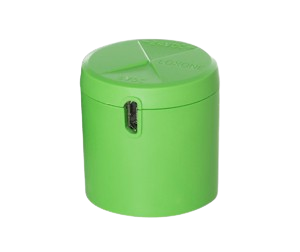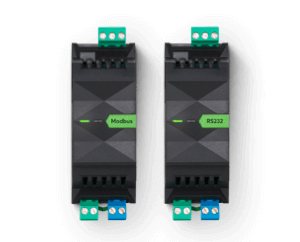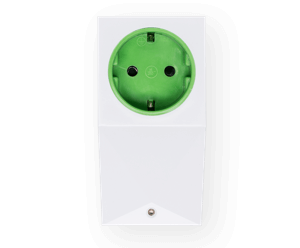The difference
between
Loxone & KNX
Loxone and KNX are both systems for automation or control of technical equipment in buildings of all kinds – whether in hotels, commercial buildings, restaurants or single-family homes. However, both systems have their strengths.
By comparing the fundamental differences between Loxone and KNX, we have clarified the question of whether a decision for or against one system is necessary at all.
The difference between Loxone & KNX
| Loxone | KNX |
| Loxone is a home automation company that develops and manufactures software and hardware solutions to help you automate your home. | KNX is a communication protocol and bus system that connects smart devices in a building. It is used to automate a wide range of functions, such as lighting, heating, ventilation, and security. |
Openness | Loxone’s open platform allows it to integrate with a wide variety of standards, including KNX, DALI, Modbus RTU/TCP, EnOcean, RS485/RS232, and DMX.
Loxone is also officially certified by Apple HomeKit, Bosch-Siemens, Belimo, and other manufacturers, which means that its products are compatible with a wide range of smart home devices and systems. | KNX is an open standard communication protocol for building automation. It allows products from different manufacturers to work together seamlessly. |
Scalability | Loxone systems are scalable to any size project, from single-family homes to commercial buildings. Thanks to the client/gateway solution, multiple Miniservers can be networked together, even across different locations. | KNX systems are very flexible and can be scaled to meet the needs of any project, regardless of its size, complexity, or intended use. For example, if you have a small KNX system with 64 devices, you can easily expand it to 128 devices by adding another power supply and connecting it to the existing power supply. You can also scale a KNX system across multiple locations by connecting Miniservers together using a gateway. |
Intelligence | The Loxone Miniserver is the central brain of a Loxone home or building automation system. It controls and automates all devices in the system, including lighting, heating, ventilation, security, and more. | In a KNX system, the intelligence is distributed across the actuators and sensors, rather than being centralized in a single controller. |
Visualisation | Loxone’s visualization software automatically creates beautiful and informative dashboards that are completely free of charge. | To visualize building automation, you need to write additional code and buy additional hardware. |
Software | Loxone offers all of its software and apps for free, without any licensing fees. This includes free updates and free remote access. | The ETS software used to create and configure KNX projects is not free. You also need to pay for updates. |
Configuration/ Programming | With Loxone Config, you can choose from over 250 pre-fabricated logic blocks, or use Auto-Config to pre-configure your entire project with just a few clicks. You can also create your own custom logics to meet the specific needs of your project. | Programming KNX systems with ETS can be complex and time-consuming, especially when working with components from different manufacturers. |
Use Loxone & KNX – together
You don’t have to choose between KNX and Loxone, because you can combine the advantages of both systems. Add a Loxone Miniserver to your KNX installation to get a powerful KNX visualization tool. With over 250 pre-made logic blocks, you can easily create complex automation scenarios. If you have any questions, your personal project consultant can help.
The Loxone Config: The intuitive
configuration tool – also available for
your KNX projects
Loxone’s intuitive and powerful programming interface makes it easy to create and configure KNX projects. The app visualization is automatically generated while you are programming, so you can see how your project will look and work in real time.
Each KNX extension can integrate up to 500 KNX/EIB group addresses, and there are numerous other extensions available for connecting to other types of devices, such as 1-Wire, DMX, DALI, and RS485.
KNX Extension
Thanks to the Loxone KNX Extension, it is possible to easily integrate devices with a KNX interface into your Loxone installation. With Loxone Config, KNX sensors and actuators can be programmed and configured.





